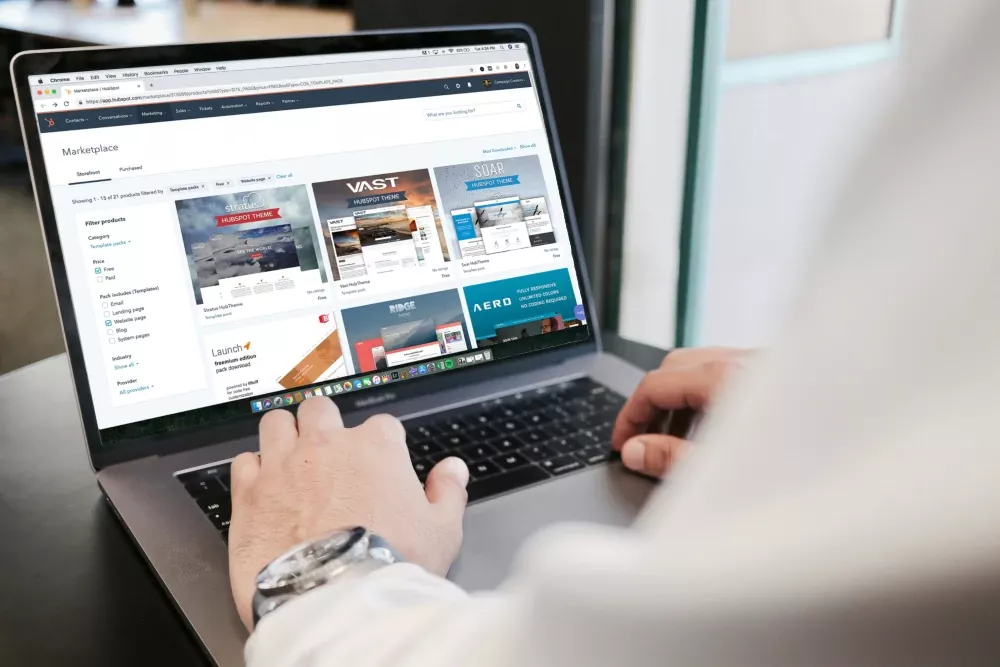THE MAIN BUSINESS MODELS AND THEIR ADAPTATION TO ECOMMERCE
SCROLL

Have you ever heard of e-commerce? Do you know what it is and how to differentiate its different business modalities? In this post we tell you all about it.
In today's post we explain what e-commerce is and help you differentiate the most common existing business models, as well as the characteristics of each one. Let's get started!
Surely if you are in the field of digital marketing, you are familiar with the term e-commerce or e-commerce, this refers to the purchase and sale of products or services over the Internet, either on social networks or other websites. Currently, the 5 most common business models that can be used for e-commerce are: B2B, B2C, C2C, B2E and G2C.
Business-to-Business (B2B)
This modality is based on the commercial transaction between 2 companies. This type of transaction does not involve end consumers or private individuals. It is very common in the following cases:
-
A seller is looking for buyers
-
A buyer is looking for suppliers
-
An intermediary seeks to bring about a transaction between buyer and seller.
Some examples of e-commerce using the B2B model are Alibaba, Aliexpress or Amazon Business.
Business to Consumer (B2C)
B2C is probably the most common type of business model today. It is the one that takes place between a company and a consumer or private person, with the company being responsible for the entire purchasing and distribution process. To get the most out of B2C, it is essential to work with marketing strategies and customer loyalty. Amazon is a clear example of e-commerce using this business model.
Consumer to Consumer (C2C)
In this case, trade takes place between consumers and end users. In this model, wholesalers and suppliers do not intervene directly. It is the consumers themselves who offer the products for sale, often second-hand items. Facebook Marketplace, eBay or Wallapop are C2C e-commerce platforms.
Business to Employee (B2E)
Refers to transactions that a company offers to its employees through the Internet. Generally, the products or services will have reduced prices in order to encourage sales and strengthen the relationship with the company. AVON, for example, uses this business model in its e-commerce.
Government to Consumer (G2C)
In this case, the transaction takes place between the government and the consumer through an Internet platform to carry out procedures or pay taxes. It is something that has grown considerably in recent years, as it tends to be more convenient for both the government and citizens. An example of e-commerce using the G2C model is the SEPE (Servicio Público de Empleo Estatal).
However, other types of business models can be found, such as C2B (Consumer to Business), in which users sell their products and services to companies, or B2A (Business-to-Administration), for transactions between companies and the public administration.
Finally, remember that if you need help to define the e-commerce that best fits your business model or want to get the most out of your website, at Emexs we can help you.
